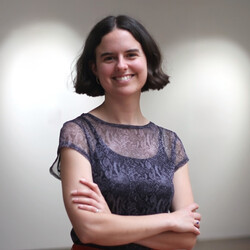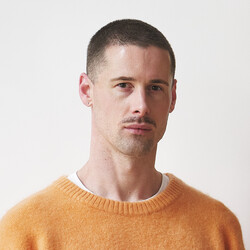B.189
B.
Bulletin
New Zealand's leading
gallery magazine
Latest Issue
B.22001 Jun 2025
Contributors

Director's Foreword
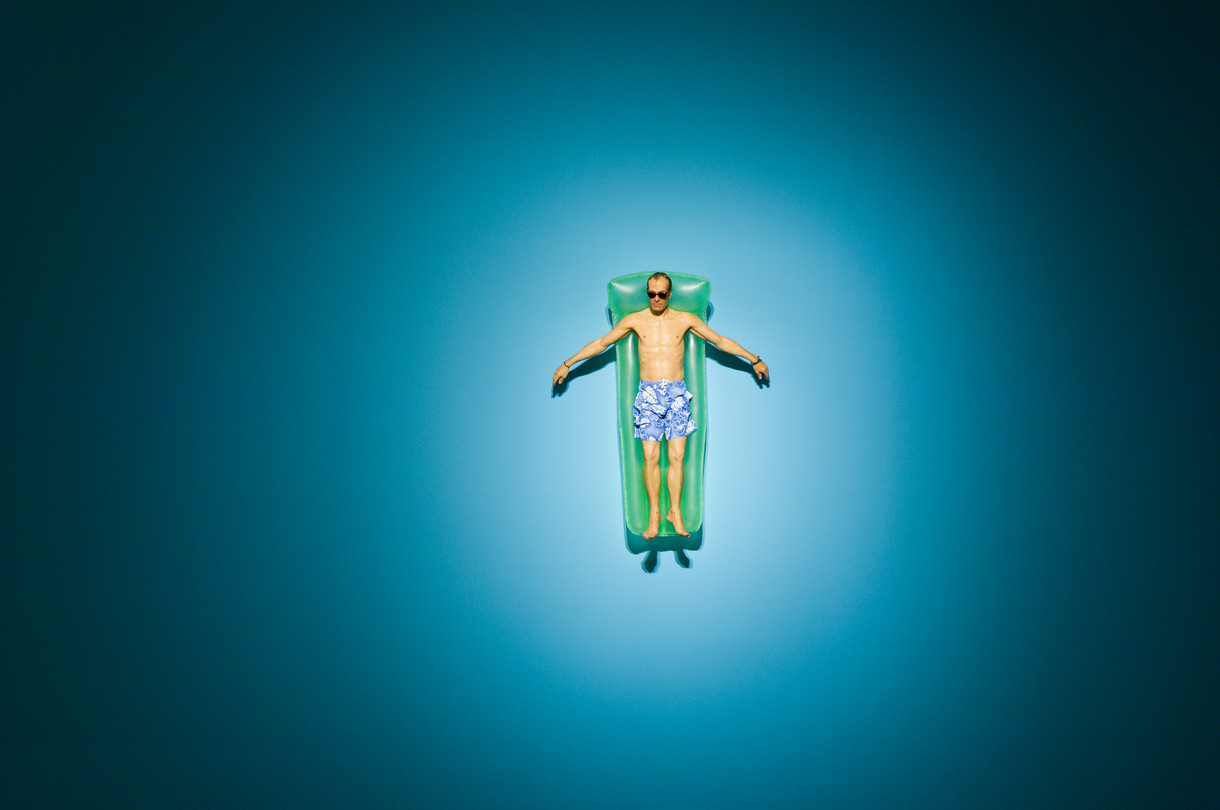
Director's Foreword
However cold or wet it is as I write this (and certainly it’s raining at present), our September Bulletin heralds the coming of spring, and with it, the promise of growth, renewal and hope.
Commentary
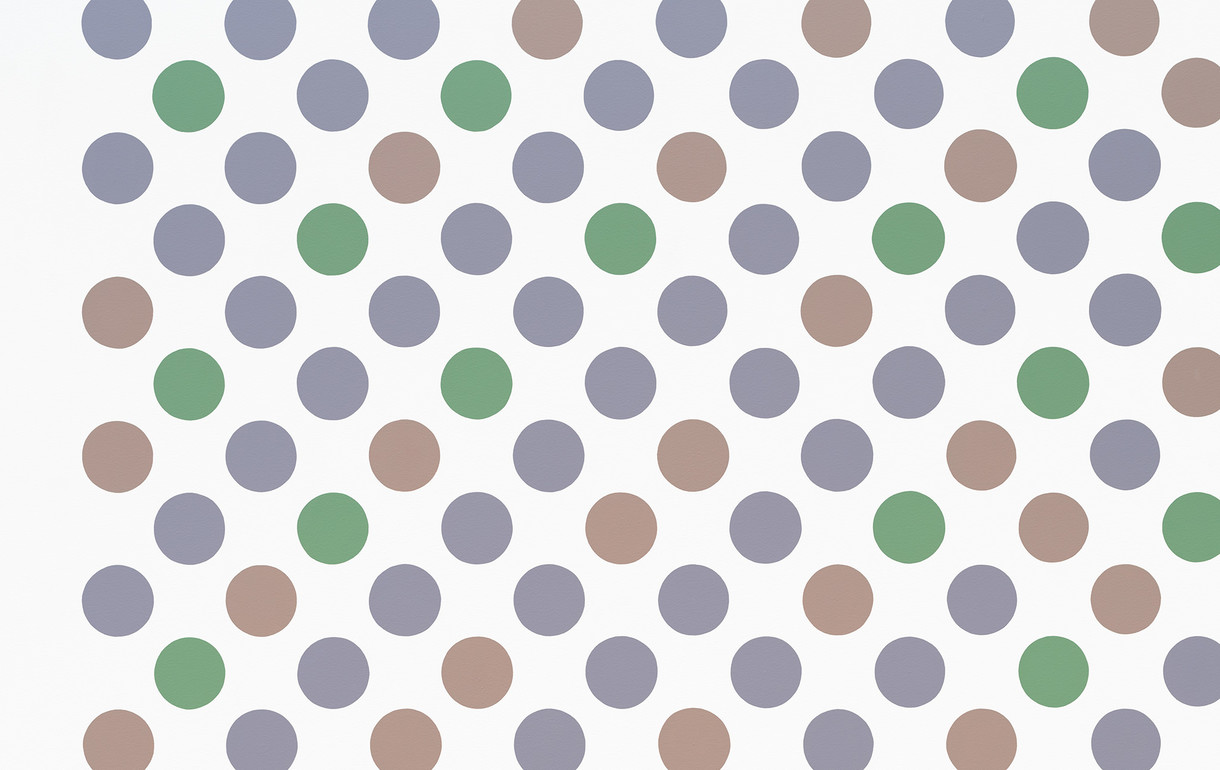
Our Instinct Enhanced
What does Bridget Riley’s art mean? We might imagine that a wall painting titled Cosmos (2016–17) referred to life within a cosmos, an order than encompasses us, whether natural or divine. The designation connotes a degree of philosophical speculation, unlike the direct descriptions that Riley occasionally employs as titles, such as Composition with Circles. But whatever meaning we derive from viewing Cosmos will be no more intrinsic to it than its name. Attribution of meaning comes after the fact and requires our participation in a social discourse. Every object or event to which a culture attends acquires meaning; and Riley’s art will have the meanings we give it, which may change as our projection of history changes. Meaning, in this social and cultural sense, is hardly her concern.
Commentary
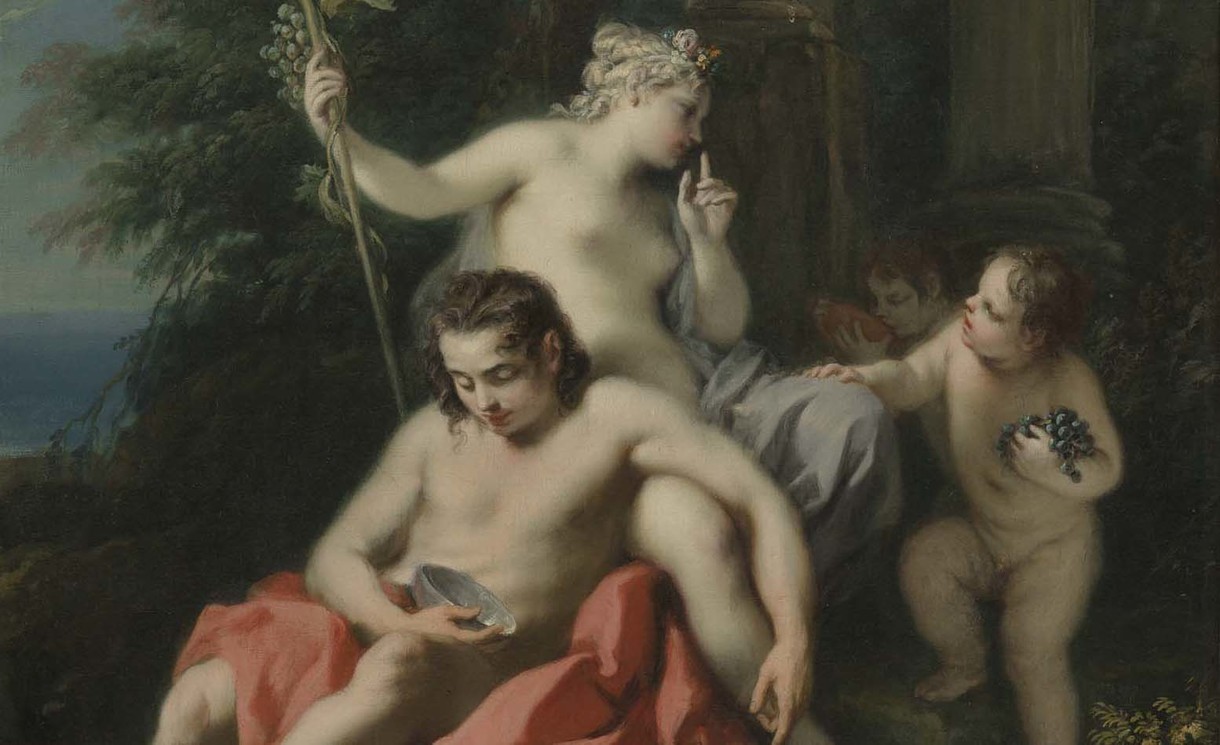
See Italy and Die
‘A man who has not been to Italy is always conscious of an inferiority, from his not having seen what it is expected a man should see.’
Samuel Johnson, 1776
As every traveller knows, there is something obsessive about setting out on a journey: the preparatory work of consulting guides, the organisation of itineraries, the accommodation pre-booked, bags packed with essentials, provisions for the journey assembled. This essay explores the metaphor of a journey, with the particular Italian twist that informs the work of the artists gathered together in the exhibition The Weight of Sunlight.
Commentary
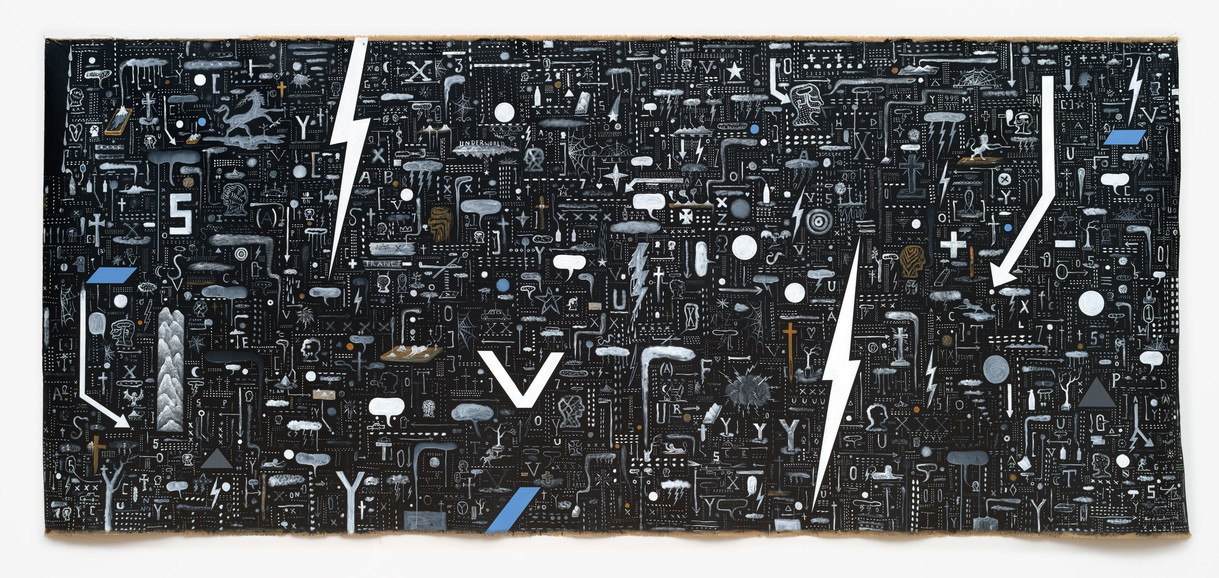
Your Hotel Brain
We recently opened a new collection-based exhibition, Your Hotel Brain. Curated by Lara Strongman, it focuses on the cohort of New Zealand artists who came to national – and in some cases international – prominence in the 1990s. The title of the exhibition is a phrase drawn from Don DeLillo’s epic novel, Underworld, published in 1997. It gestures towards the way that pieces of information float through your mind, checking in and out, everything demanding attention, everything happening all at once – a metaphor for postmodernism in the 1990s and for the increasing slippage of context in the digital era. The 1990s were a time of great social and cultural change in Aotearoa New Zealand, set against a broader backdrop of globalisation and the rise of digital technologies. Artists, as ever, registered these cultural shifts early. We asked a number of people who were working in the arts at the time to recall their experiences of the 1990s.
Artist Profile
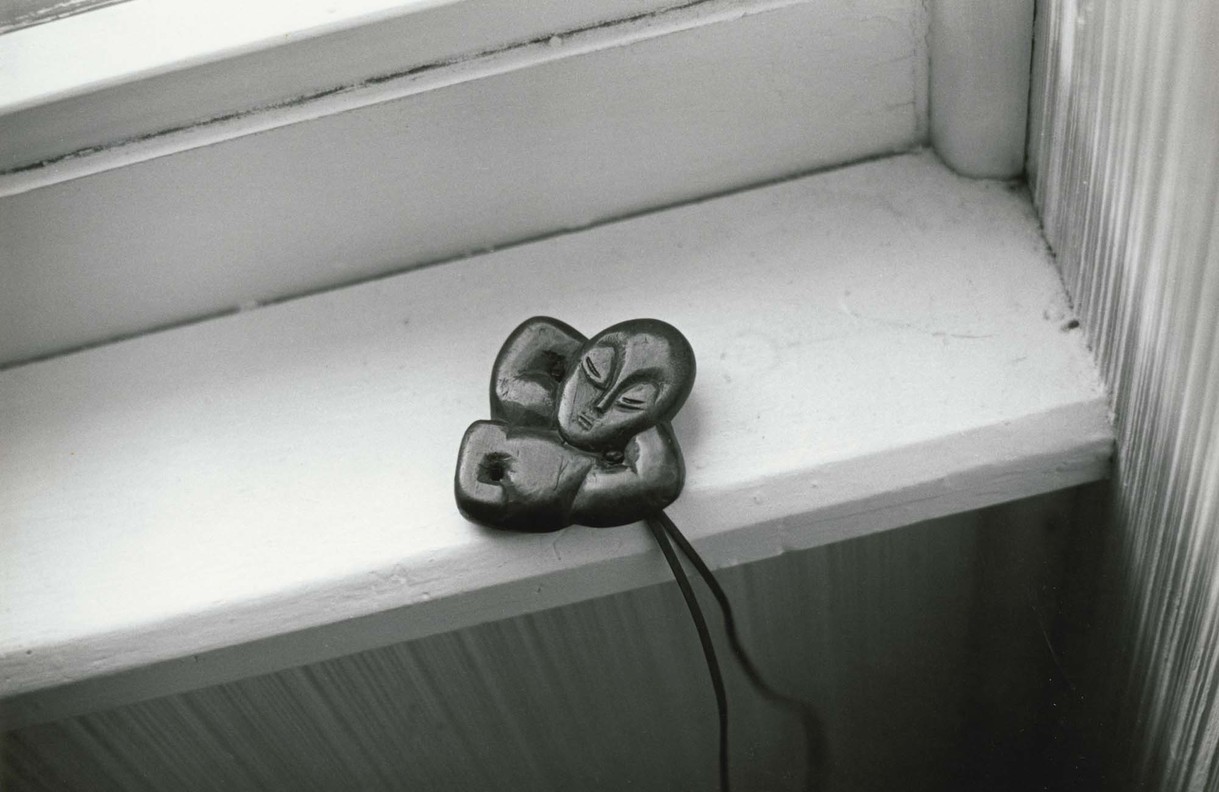
Len Lye's Learning Curve
One of the most dramatic aspects of the career of Len Lye (who was born in Christchurch in 1901 and died in Warwick, New York, in 1980) was his youthful search for information about the modernist revolution in art. This occurred throughout the early 1920s, when New Zealand was still (in Peter Tomory’s words) ‘a cultural wasteland’ and (in Eric McCormick’s) a ‘backwater of nineteenth-century civilisation.’
Commentary
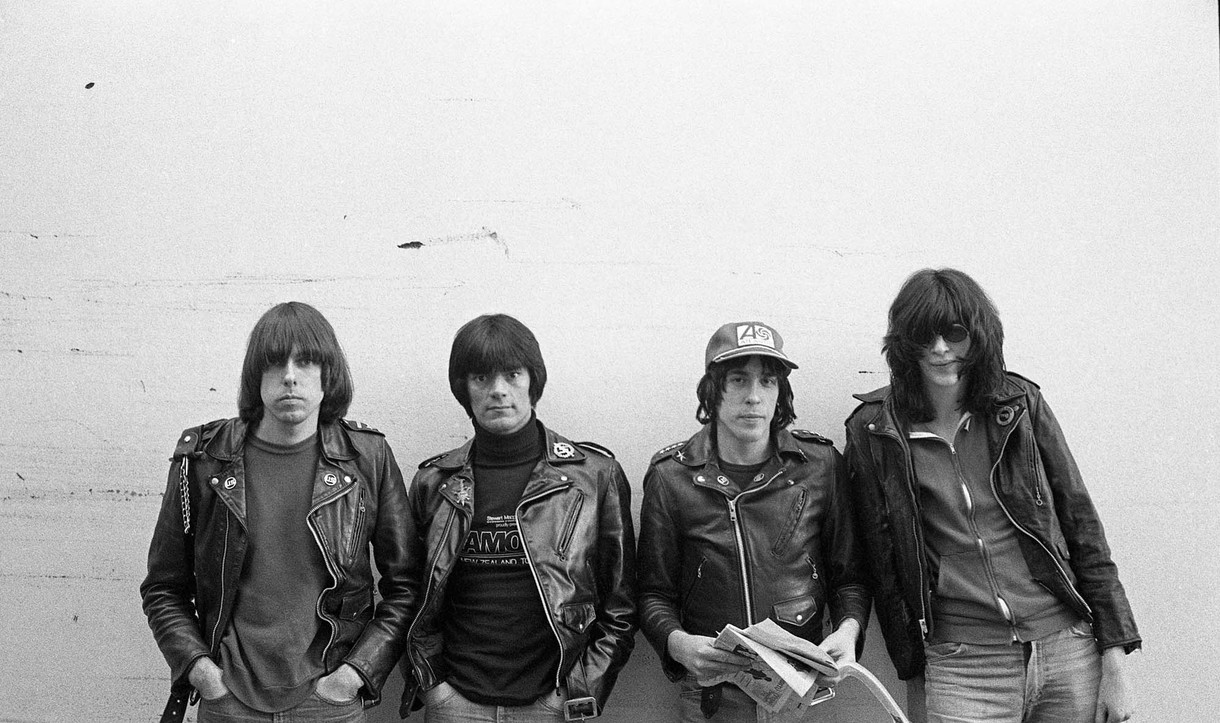
Laurence Aberhart
New Zealand artist Laurence Aberhart is internationally regarded for his photographs of unpeopled landscapes and interiors. He photographs places redolent with the weight of time, which he captures with his century-old large-format camera and careful framing. But he’s always taken more spontaneous photographs of people too, particularly in the years he lived in Christchurch and Lyttelton (1975–83) when he photographed his young family, his friends and occasionally groups of strangers. ‘If I lived in a city again,’ he says, ‘I would photograph people. One of the issues is that I even find it difficult to ask people whether I can photograph a building, so to ask to photograph them – I’m very reticent. I also know that after a number of minutes of waiting for me to set cameras up and take exposure readings and so on, people can get rather annoyed. So it’s not a conscious thing, it’s more just an accident of the way I photograph.’
My Favourite

Joanna Margaret Paul's Barrys Bay: Interior With Bed And Doll
I never met Joanna Paul, but I believe that she and my late father, Michael King, were good friends. After my father died in 2004, I found a large diptych frame with a photo of Joanna on one side, and Irihapeti Ramsden on the other; both black and white and young and charismatic—two women he admired greatly who had both died in the preceding year. The frame was folded shut, on top of a bookcase in his study, as if in hiding. I took it down and set it open on his desk overlooking the estuary at Opoutere.
Commentary
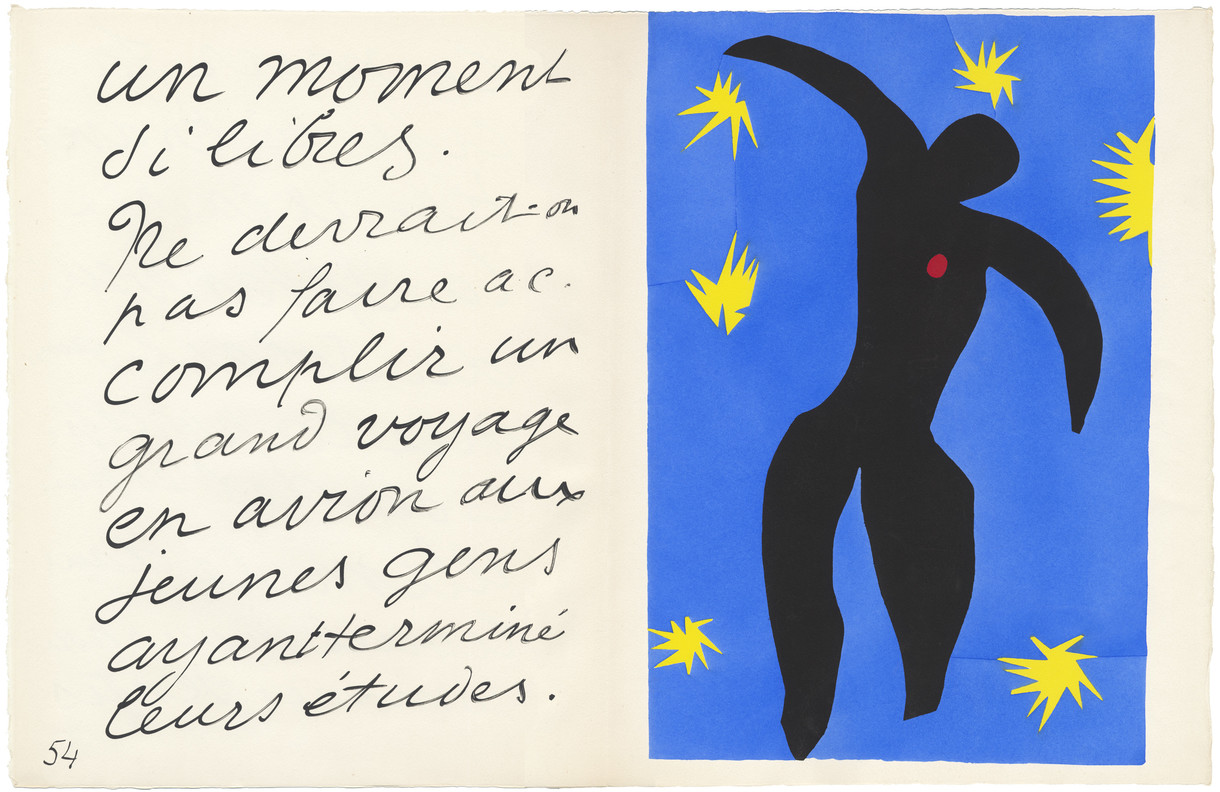
Henri Matisse's Jazz
Henri Matisse’s Jazz is a book that has captivated art lovers and bibliophiles around the world. But it is unlike any other artist’s book that Matisse produced. Designed as an album of colourful prints using his emerging découpage cut-out technique, he fashioned his images on the colour and movement of the circus and created them long before he authored the accompanying text. Abandoning the printed font, he wrote out every word of his typescript by hand. Created during World War 2, Jazz had a phenomenal impact when Greek born publisher Stratis Eleftheriades, professionally known as Tériade, launched it in 1947. When analysed through the prism of his artist’s books he produced during the war, Matisse emerges as a silent activist against the German Occupation of France.
Postcard From...

Postcard From...
Kia ora Ōtautahi
Earthquakes, tsunamis, fires and floods – Christchurch certainly knows how to remind the world it exists. I moved to London just after the September earthquake in 2010 and since then my life here has been punctuated by worry for my hometown. It is strange to be on such sturdy land. But it is here in this conflicted and complicated city that I have managed to find a state of equilibrium – living in a Hackney warehouse and working as an assistant curator in the Asian Department at the Victoria and Albert Museum.
Commentary
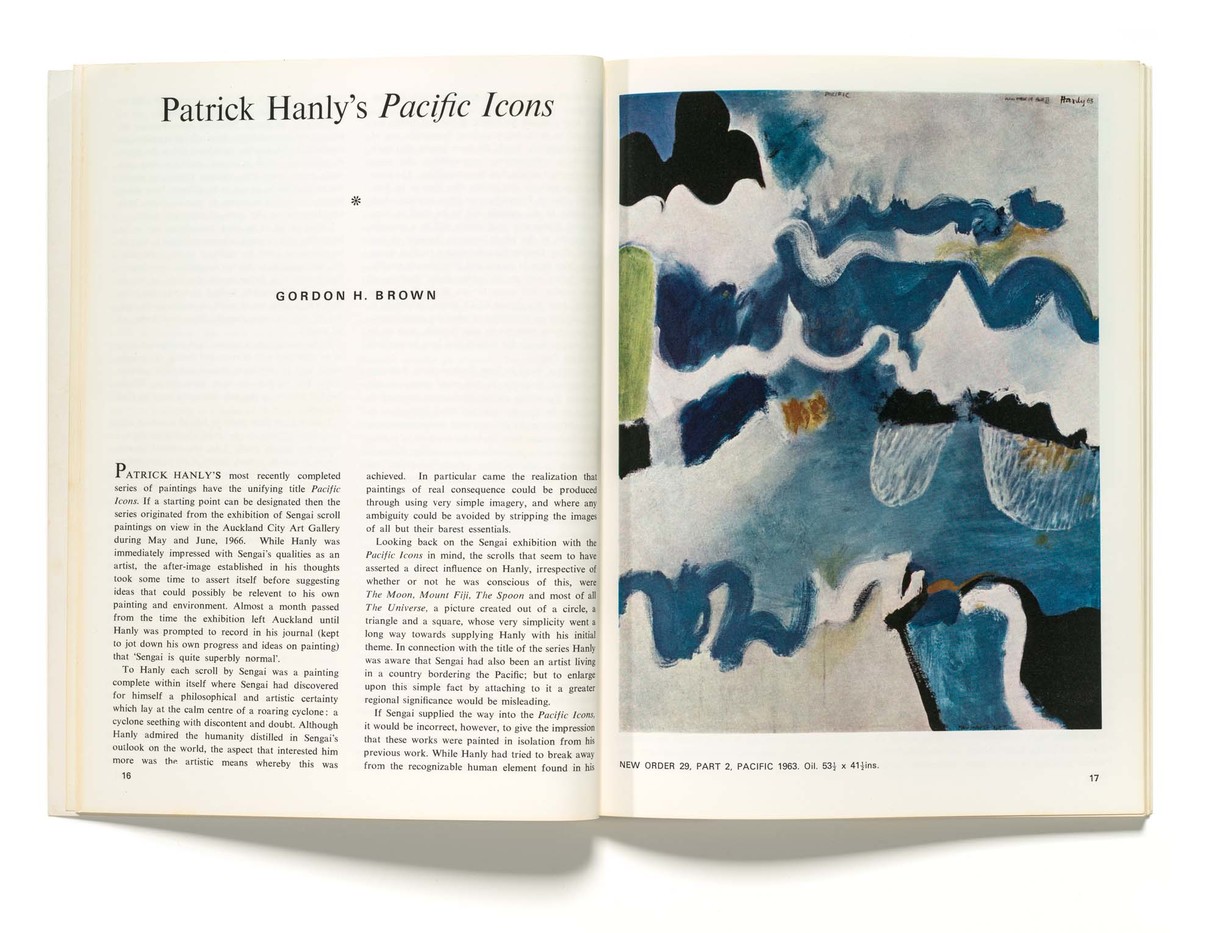
Barbara Brooke: The Woman Behind Ascent
The 1960s brought television, youth culture, jet aircraft and The Beatles to New Zealand. It also saw the emergence of the professional contemporary artist. Dealer galleries were on the rise across the country, devoted to the promotion and sale of contemporary artists’ work, particularly through solo shows, and with them came the possibility of an acknowledged career with the objective of full-time practice. Artists were producing work with a general sense of confidence and this lively art community needed to be documented.

